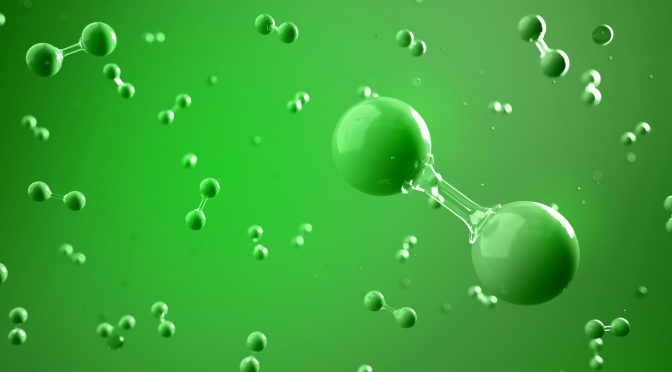On behalf of the Australian Government, the Australian Renewable Energy Agency (ARENA) has announced $20 million in funding to Stanwell Corporation Limited (Stanwell) to support a front-end engineering and design (FEED) study for a large-scale renewable hydrogen project in Gladstone, Queensland.
The $117 million project will finalise the development stage of the Central Queensland Hydrogen (CQ-H2) Project, which will initially involve the installation of up to 640 MW of electrolysers to produce hydrogen for commercial operations commencing in 2028. The hydrogen production facility will produce gaseous renewable hydrogen that will be purchased by offtakers and converted to renewable ammonia and liquefied hydrogen for export.
The facility will initially produce 200 tonnes per day (tpd) of hydrogen and ramp up in 200 tpd increments as additional offtake agreements are secured, with full scale anticipated to be 800 tpd for commercial operations in 2031.
The study will also investigate the development of a hydrogen liquefaction facility based at the Port of Gladstone that will produce 400 tpd of liquefied hydrogen for export by the end of 2030.
A consortium of companies from Australia, Japan and Singapore has been formed to leverage the specialist expertise provided by each of the partners across the hydrogen production supply chain. Along with Stanwell, the consortium members include Iwatani Corporation (Iwatani), Kansai Electric Power Company (Kansai), Keppel Infrastructure (Keppel) and Marubeni Corporation (Marubeni).
Stanwell and a number of consortium members completed a feasibility study for the project in June 2022, which received $2.16 million in ARENA funding and showed the project is technically feasible and could be commercially viable with appropriate government support in the initial phases. The FEED study will leverage the outcomes of the feasibility study to develop the preferred technical, commercial and social requirements for the project to enable a final investment decision, and eventual construction and commissioning.
The project is uniquely placed to explore the potential of a large-scale renewable hydrogen production facility that could be used to decarbonise Gladstone’s existing industrial base and create an export industry.
Both the hydrogen production and liquefaction facilities will be grid connected, supported by Power Purchase Agreements (PPAs) with Queensland wind and solar farms, provided through Stanwell’s renewable energy portfolio.
ARENA CEO Darren Miller said Australia is well positioned to capitalise on export opportunities to Asia, however, unlocking it will require the rapid development of substantial hydrogen production and export facilities at a globally cost competitive price point.
“Stanwell’s project represents a near-term renewable hydrogen production opportunity at globally significant scale. The development of a renewable hydrogen hub in Gladstone could help decarbonise heavy industrial facilities in the region and create an export supply chain between Australia and Japan and Singapore.
“We’re looking to gain valuable learnings around the current cost of producing hydrogen from renewable energy at large-scale. This understanding is critical to scaling up hydrogen production in Australia and developing both the domestic and export industry for renewable hydrogen in line with Australia’s ambitions,” Mr Miller said.
Stanwell CEO Michael O’Rourke said: “We are immensely grateful for the continued support that ARENA has provided to the CQ-H2 project. Their support has been instrumental in getting us to this important point, and this funding will be a vital foundation for the next steps of this journey on which we continue to move forward together – empowering Australia’s hydrogen economy.”
The FEED study is expected to be completed by mid 2024. The CQ-H2 project would create an estimated 8,900 jobs at its peak.


